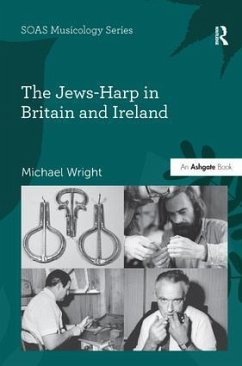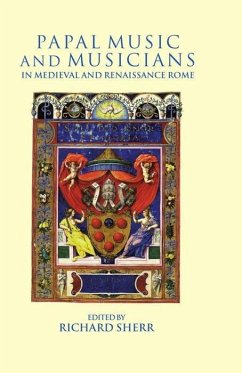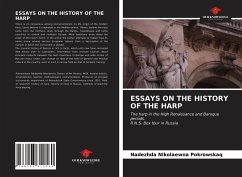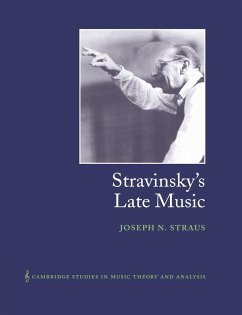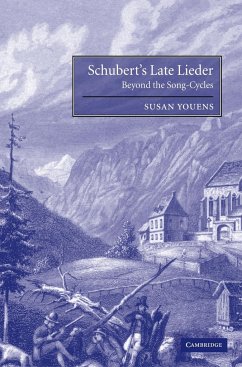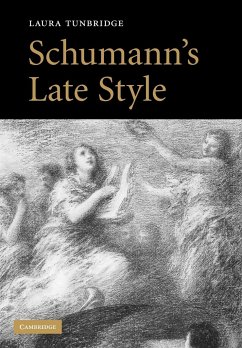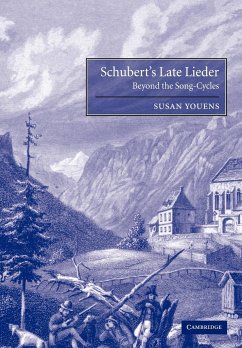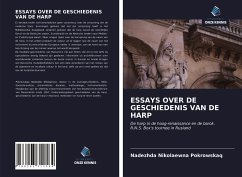
Harp Making in Late-Georgian London
Versandkostenfrei!
Versandfertig in 1-2 Wochen
100,99 €
inkl. MwSt.

PAYBACK Punkte
50 °P sammeln!
At the end of the eighteenth century, after the French Revolution, the centre of pedal-harp making moved from Paris to London. There, building on the work of its Bavarian originators and Parisian developers, mainly immigrant makers elevated the instrument to new musical, technical, and decorative heights, and placed it in the hands and salons of the British upper classes and aristocracy. Until recently, the story of harp making in England has been dominated by the Erard family who built about 7,000 of an estimated 22,000 harps made in London during the nineteenth century; some 20 other makers ...
At the end of the eighteenth century, after the French Revolution, the centre of pedal-harp making moved from Paris to London. There, building on the work of its Bavarian originators and Parisian developers, mainly immigrant makers elevated the instrument to new musical, technical, and decorative heights, and placed it in the hands and salons of the British upper classes and aristocracy. Until recently, the story of harp making in England has been dominated by the Erard family who built about 7,000 of an estimated 22,000 harps made in London during the nineteenth century; some 20 other makers have been all but forgotten. This book, the story of harp making in late-Georgian England, assesses the role and consumption of the harp in society whilst describing its decorative and technical development. Forgotten makers and their innovations are identified. Through the lens of newly discovered documents and the reinterpretation of others, Jacob Erat's manufactories are reconstructed. His working methods, illustrative of those used in the wider industry, are rediscovered, and employees and suppliers are revealed anew.





